The Oldest Stone Quarries in Alta
Ten thousand years before the copper mines in Kåfjord and the slate quarry in Pæska started, Alta was probably already a centre for the extraction of different species of rocks in Northern Norway. This is perhaps one of the reasons why Alta, at the head of the fjord, became a meeting place and ritual centre where people from near and far chiselled pictures into the rock, rock carvings.
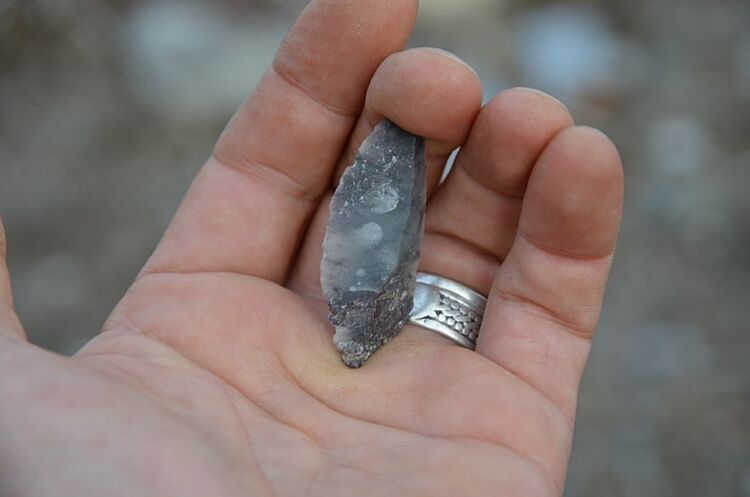
Flint is not found in Norway. But in Alta there is a species of rock with the same chemical composition and many of the same valuable properties for the production and use of implements. The rock has the English name "chert." One of Norway's largest prehistoric stone quarries was discovered in 2010 in the chert deposits in Melsvika in Alta. Groups of people came here from far and wide throughout the Early Stone Age (11 000 BC – 5000 BC) to extract chert here. The chert quarry was used for thousands of years after that. There are also four other known chert quarries in Alta. In Norway there are known all in all 50 quarries from the Stone Age. The Melsvika quarry is the largest north of Sunnfjord in West Norway.
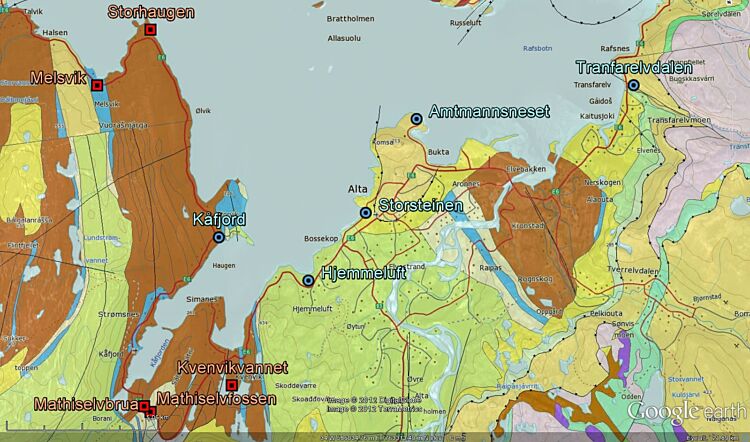
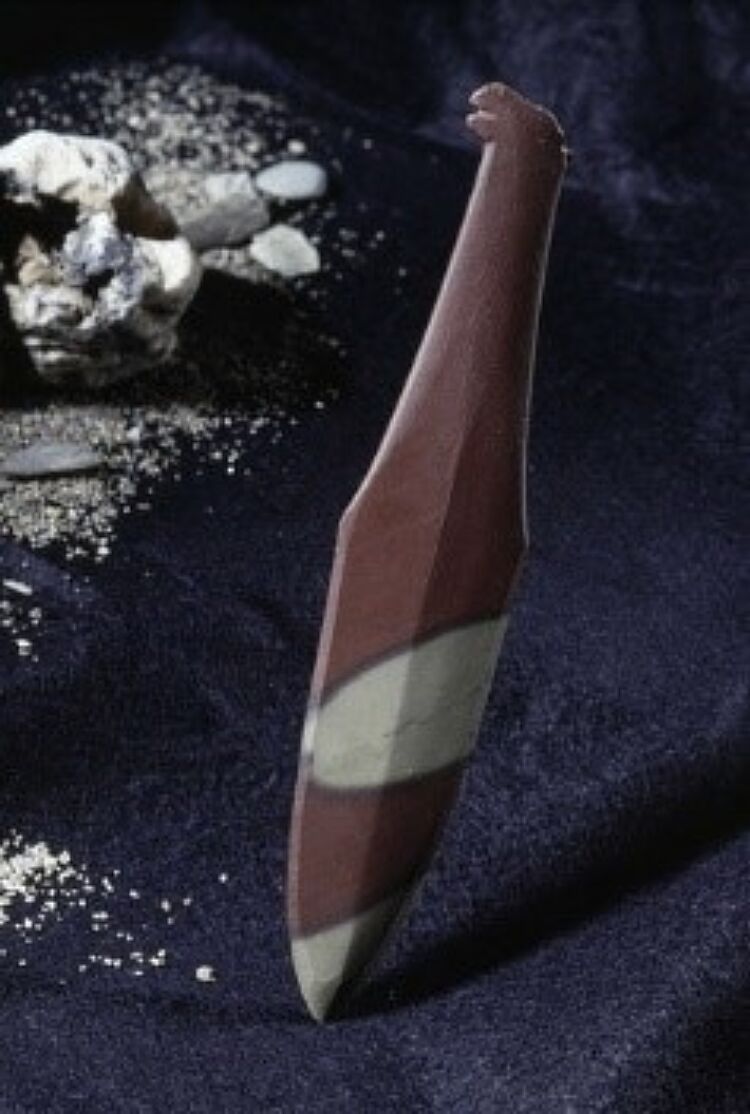
The Late Stone Age (5000 - 2000 BC) in Northern Norway is characterised by the extensive use of a beautiful reddish-green slate for making daggers, knives, spearheads and arrowheads. This type of rock can be found along a narrow line from north to south down through the Scandinavian peninsula. The largest deposits are in Finnmark and Northern Troms, and some of the most important sites are at Sautso in the Alta River Valley and along the Alta Fjord. The only definite quarry for red-green slate known in Fennoscandia was discovered in Alta in 2017.
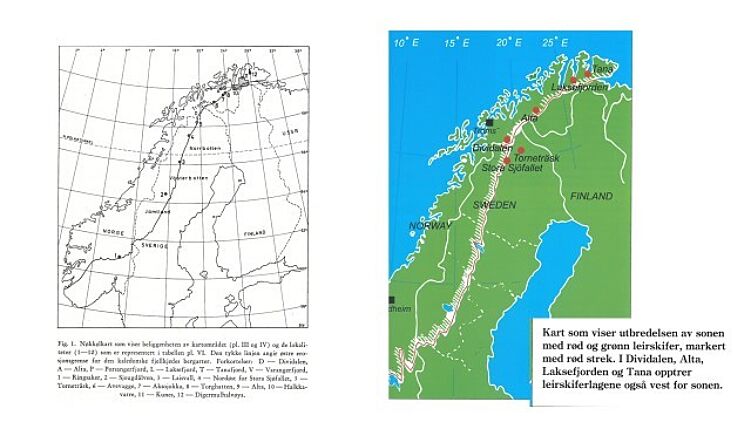
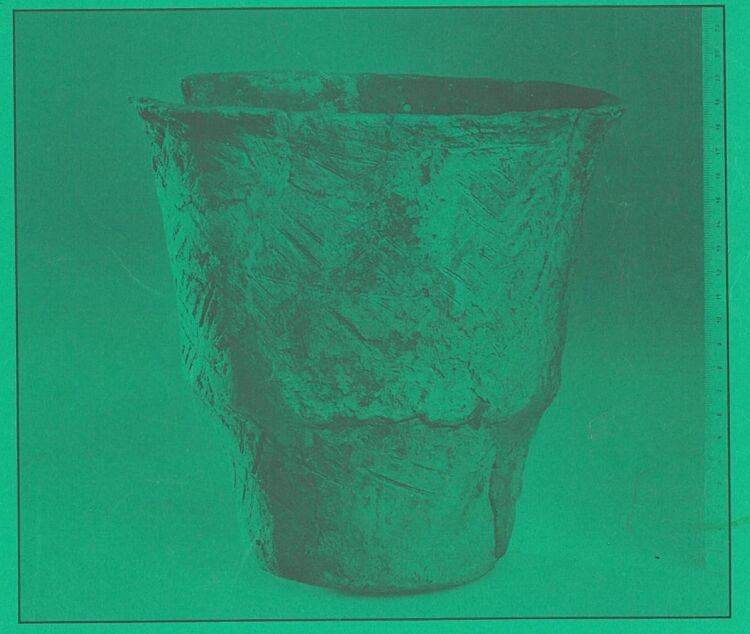
In the following period, the Early Metal Age (1800 BC - Christ birth), a third species of rock was used in the temper of ceramic, asbestos. The asbestos quarry was discovered in the Alta-Kautokeino watercourse system in connection with the damming of the river. Asbestos from West Finnmark may well have been distributed throughout large tracts of Norhern Scandinavia.
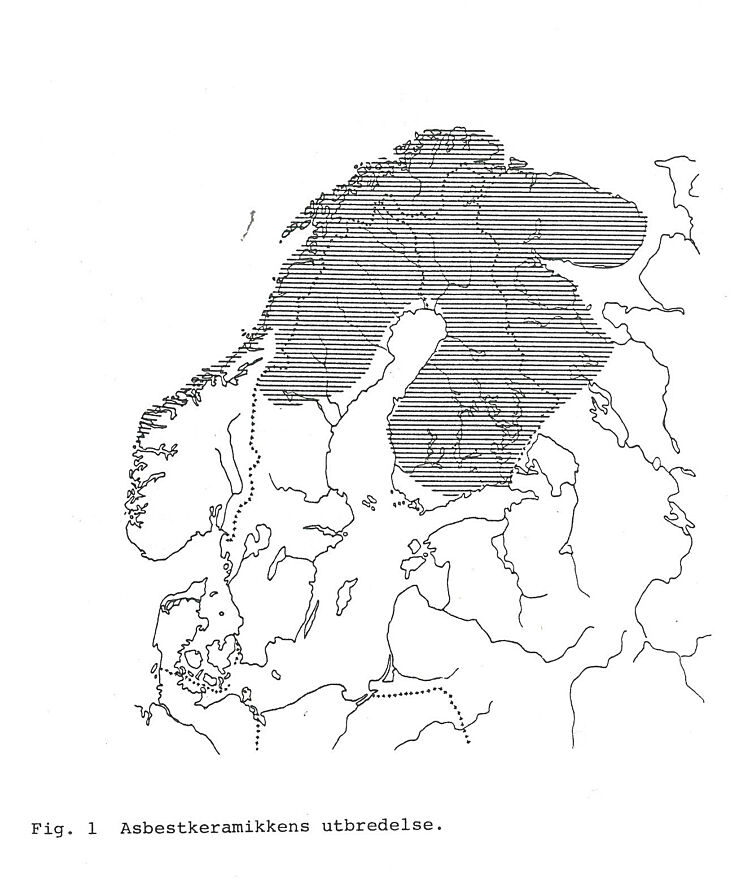
The use of these three species of rock, each in its own main period in prehistoric times, is one of the themes you can look forward to learning more about in the new permanent exhibition at Alta Museum.
Hans Christian Søborg
24th November, 2017